15 Things You Need to Know About the Panic of 2008
A crash course in why it happened, how it's strangling the nation's finances and how it might work itself out.
1. It all began with cheap money. To prop up ailing economies early in this decade, central banks in the U.S. and Japan kept interest rates unusually low, which encouraged speculation. In the U.S., the Federal Reserve lowered the federal funds rate -- the rate that banks charge each other for overnight loans and a barometer for the cost of borrowing money on a short-term basis -- from 6.5% in 2000 to 1% by mid 2003. Cheap money quickly ignited a sharp rise in home values in virtually every corner of the country.
2. Financial magicians made subprime loans golden. Banks and mortgage companies fed speculation in home prices by offering cheap credit to all comers, including those who would not normally qualify. What to do with these subprime loans? Package them with thousands of high-grade loans to sell to investors. To make the subprime loans attractive, underwriters bought insurance policies guaranteeing that the loans would be repaid. With insurance on the loans, credit-rating agencies stamped such paper as triple-A-rated debt.
3. The global economy became infected with poisoned debt. The loans came to investors as collateralized-debt obligations, or CDOs. A CDO is a huge package of loans sold in assorted segments -- known as tranches -- with varying interest rates and levels of risk. Buried inside the least-risky tranches were those subprime mortgages masquerading as triple-A-rated debt because of their insurance policies. Companies that wrote the insurance policies on these mortgages assumed that default levels would be minuscule.
From just $107.88 $24.99 for Kiplinger Personal Finance
Become a smarter, better informed investor. Subscribe from just $107.88 $24.99, plus get up to 4 Special Issues

Sign up for Kiplinger’s Free Newsletters
Profit and prosper with the best of expert advice on investing, taxes, retirement, personal finance and more - straight to your e-mail.
Profit and prosper with the best of expert advice - straight to your e-mail.
4. So much for those assumptions. Home prices tipped downward, setting off a chain reaction. All bubbles eventually burst. The Fed began raising short-term interest rates in 2003, eventually boosting the federal funds rate to 5.25% by the summer of 2006. As a result, adjustable-rate mortgages (particularly the subprime variety) began to reset at far higher interest rates, and in July 2006 the rise in home prices abruptly stopped. In fact, home values began a descent that continues to this day, in many communities averaging a loss of 15% to 30%. As borrowers realized their homes were worth less than the amount they owed on their mortgages, the default rate shot up.
5. Rating agencies lowered their assessment of those supposedly triple-A subprime loans to junk levels. The investment and commercial banks, pension funds, and other institutions that had bought the supposedly safe, triple-A-rated CDO tranches woke up to find their investments tainted by those poisonous subprime loans, which began to default at alarming rates. Holders of these CDOs found it all but impossible to know what they were really worth. And when they tried to sell them, there were few buyers -- the beginning of a seize-up of U.S. debt markets.
6. A wave of write-downs on the value of those loan packages commenced. Financial accounting standards require banks and investment companies to "mark to market" the value of their assets each day. If it's impossible to value a security because there is no market for it, too bad -- make a smart guess. Starting in 2007, one financial institution after another announced a series of quarterly write-downs of hard-to-value and unsalable CDOs that turned into a financial tidal wave.
7. Financial institutions were revealed as vastly undercapitalized. As the quality of their debt portfolios deteriorated, investment banks wrote off billions of dollars of bad assets each quarter, causing their reserves to shrivel. Commercial banks are leveraged with perhaps ten times as much in assets as capital. But some investment banks leveraged themselves more than 30 to 1, to the point that should anything go seriously wrong with those assets, their businesses could fail. The same held true of Fannie Mae and Freddie Mac, which own or guarantee more than $5 trillion in mortgage debt.
8. A cloud of suspicion and distrust enveloped financial markets. Surprised by these developments, investors large and small realized that stocks of supposedly stable financial institutions were in fact ticking time bombs and began selling their shares. Banks, which routinely lend each other money overnight, curtailed those loans because they began to lose faith in the value of the collateral the borrowing banks were offering.
9. The gathering storm set off a sickening wave of failures. One of the first banks to fail was California's IndyMac, which was a leader in subprime lending. Countrywide, the biggest mortgage lender, sold itself to Bank of America to avoid insolvency. This spring, Bear Stearns, the most overextended of the investment banks, failed, and the government arranged a forced marriage with JPMorgan Chase. Then in September, to avert a collapse of Fannie Mae and Freddie Mac, the government seized control of them by putting them in a conservatorship that made Uncle Sam the explicit guarantor of mortgages they owned or insured.
10. Lending of all sorts started to freeze up. First to coagulate, last winter, was the market for auction-rate securities. These are long-term debt securities whose interest rates are regularly reset, so that they behave more like short-term notes. With no buyers, investors in these notes were stuck. By September, even overnight loans among banks had dried up. And despite hundreds of billions of dollars in cash that central banks around the world pumped into banks' coffers, few banks put that money to work for fear it would be needed to shore up their own finances. Recently, investors began withdrawing tens of billions of dollars from supposedly supersafe money-market funds, which invest in, among other things, short-term corporate debt.
11. And government could not steady the boat. Nothing that Washington tried -- lowering interest rates, flooding the economy with gazillions of dollars to keep the financial community afloat, rescuing Fannie Mae and Freddie Mac -- instilled confidence in financial institutions. When Lehman Brothers Holdings declared bankruptcy on September 15, fellow investment bank Merrill Lynch sold itself to Bank of America to avoid being next to topple. That was followed by the government's rushed takeover of American International Group, the world's largest insurer, whose forays into insuring the repayment of billions of dollars in debt had drained its capital. Then the last two independent investment banks, Goldman Sachs and Morgan Stanley, found their own survival cast into doubt by plunging share prices.
12. Word of a rescue plan to take bad assets off the hands of financial companies is encouraging investors. The Bush administration's proposal, being crafted with congressional leaders, would create a federal agency to take hundreds of billions of dollars in "bad assets" off the balance sheets of financial institutions, for a price. Eventually, those assets that recover their value would be sold back into public markets. Conceivably, the ultimate cost to the government of this plan may not be that great. Word of this plan fueled huge rallies in the U.S. stock market on September 18 and 19.
13. Also helpful: Stable home prices are on the horizon. Throughout 2008, the year-over-year decline in home sales has been slowing, indicating that activity in the housing market could soon pick up. Meanwhile, the inventory of unsold homes has almost quit growing, and the months' supply of unsold homes is one-third of what it was at the start of the year. This matters, because only when prices stabilize will the wave of foreclosures crest and the extent of bad debt poisoning the balance sheets of financial institutions be known.
14. But the economy will suffer aftershocks for years. That's because banks have already lost $1 trillion to bad debt during this crisis, and some experts expect the losses to end up being twice that amount. Less capital means less money to lend and far stricter limits on credit to borrowers. Years could pass before banks can rebuild their capital to the levels that existed before this crisis. The shocks already felt could cause the economy to fall into recession; it's too soon to tell.
15. Don't lose hope. A financial panic causes people to lose their ability to reason. But just because a panic can end in utter economic disaster doesn't mean that it will. Just as banker J. Pierpont Morgan could quell the Panic of 1907 by walking onto the floor of the New York Stock Exchange and buying bank stocks, so too could decisive government action contain the Panic of 2008. You may not know the outcome of this drama for weeks or months to come. Until you do, the best course of action might be ... to do nothing.
Profit and prosper with the best of Kiplinger's advice on investing, taxes, retirement, personal finance and much more. Delivered daily. Enter your email in the box and click Sign Me Up.
-
 Original Medicare vs Medicare Advantage Quiz: Which is Right for You?
Original Medicare vs Medicare Advantage Quiz: Which is Right for You?Quiz Take this quick quiz to discover your "Medicare Personality Type" and learn whether you are a Traditionalist, or a Bundler.
-
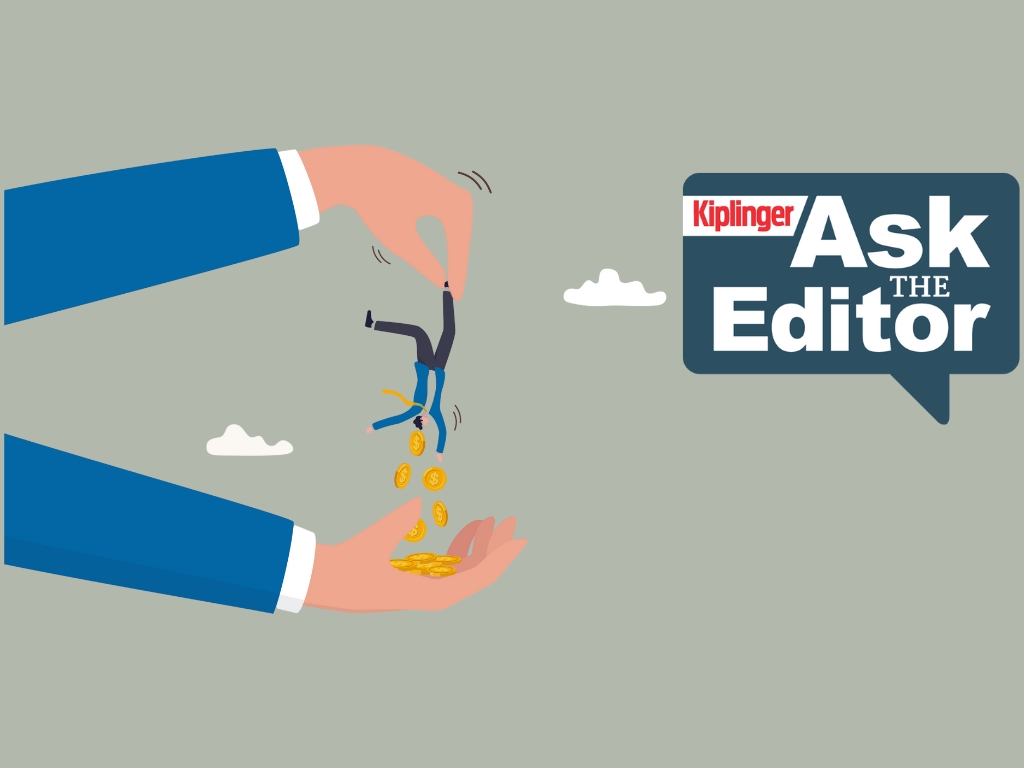 Ask the Editor: Capital Gains and Tax Planning
Ask the Editor: Capital Gains and Tax PlanningAsk the Editor In this week's Ask the Editor Q&A, Joy Taylor answers questions on capital gains tax rates and end-of-year tax planning
-
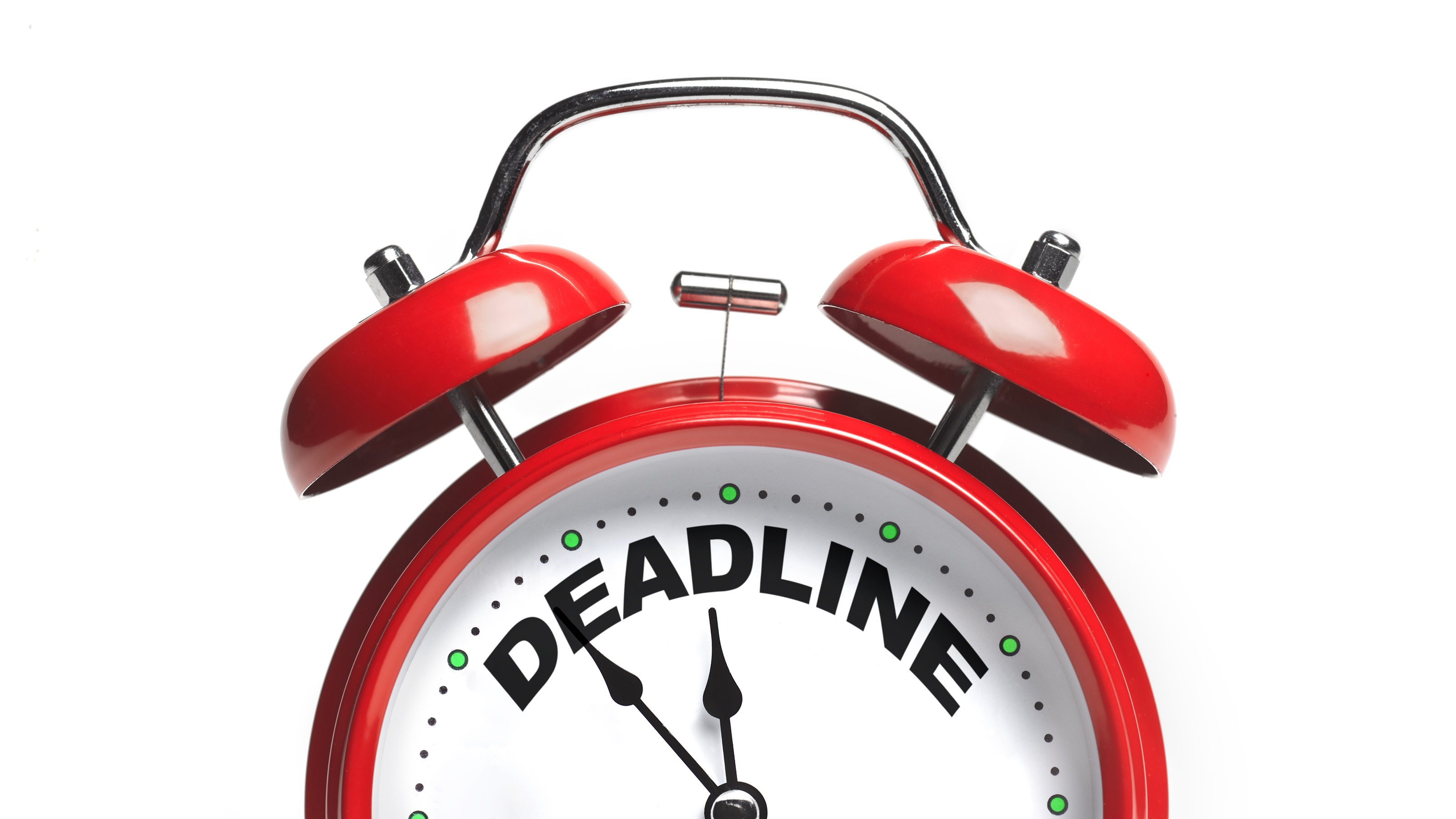 Time Is Running Out to Make the Best Tax Moves for 2025
Time Is Running Out to Make the Best Tax Moves for 2025Don't wait until January — investors, including those with a high net worth, can snag big tax savings for 2025 (and 2026) with these strategies.
-
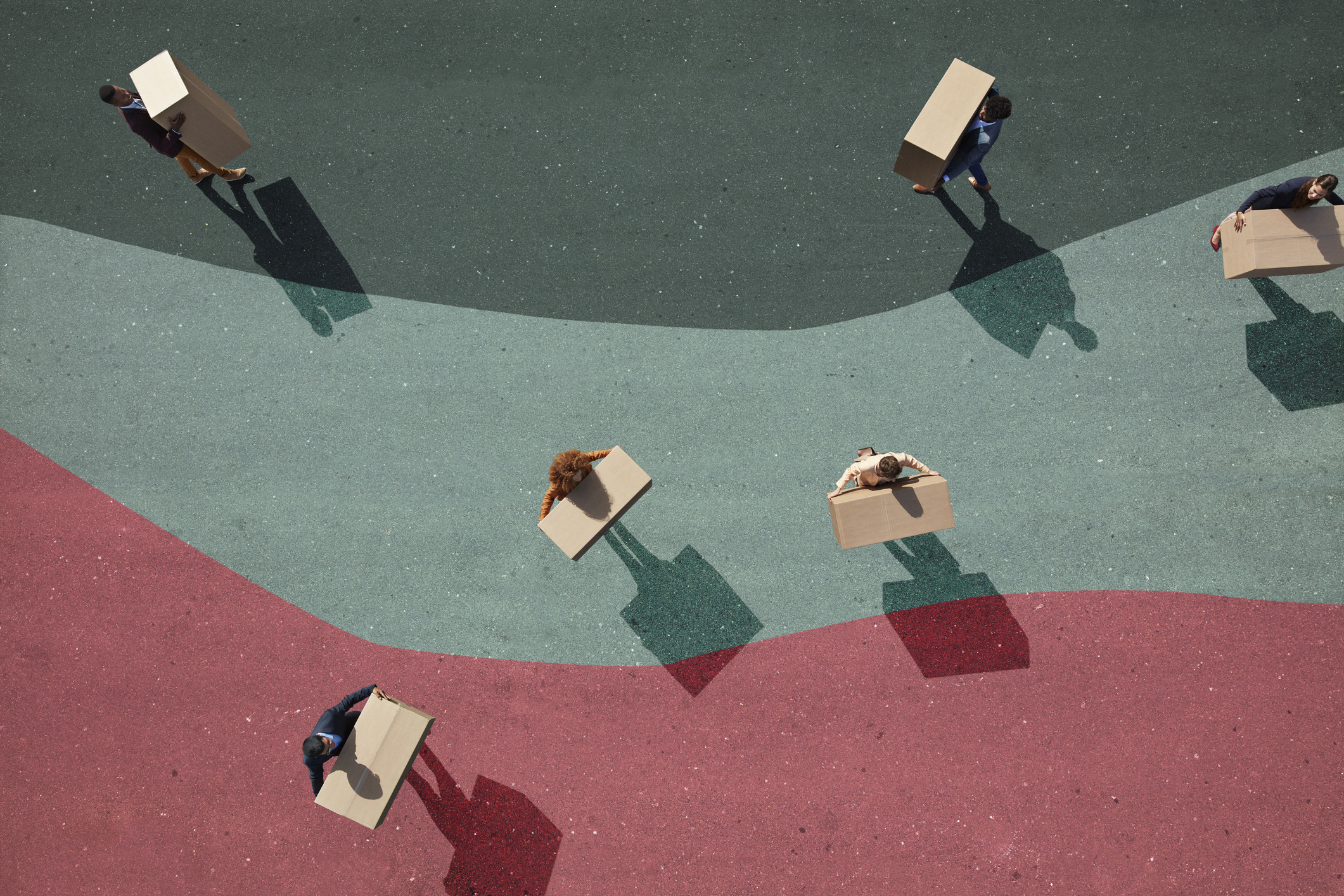 The Delayed September Jobs Report Is Out. Here's What It Means for the Fed
The Delayed September Jobs Report Is Out. Here's What It Means for the FedThe September jobs report came in much higher than expected, lowering expectations for a December rate cut.
-
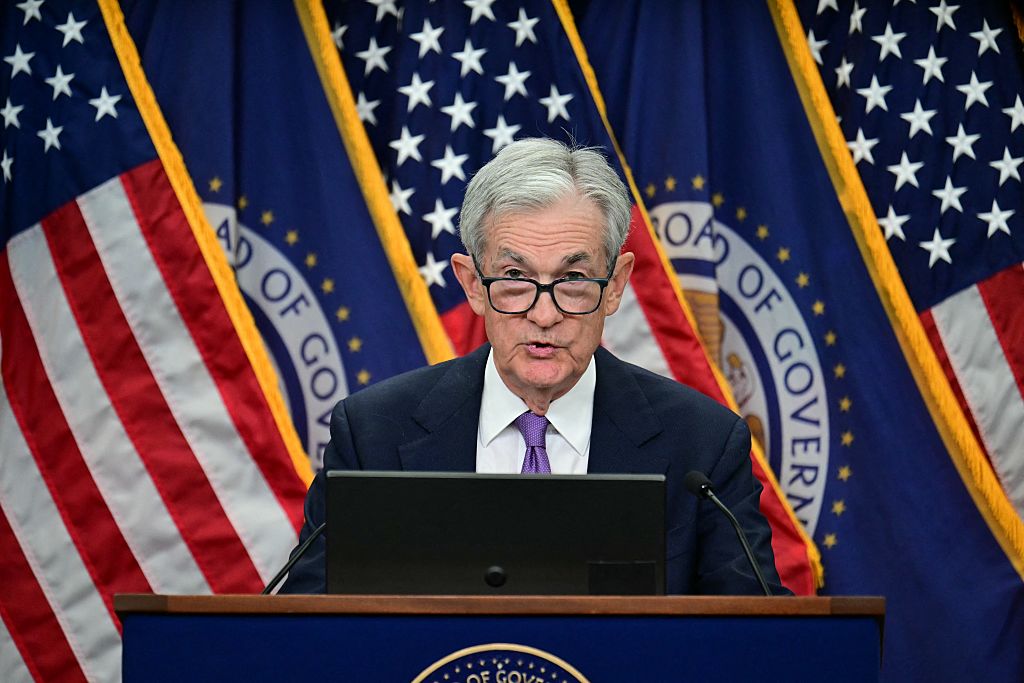 October Fed Meeting: Updates and Commentary
October Fed Meeting: Updates and CommentaryThe October Fed meeting is a key economic event, with Wall Street turned into what Fed Chair Powell & Co. did about interest rates.
-
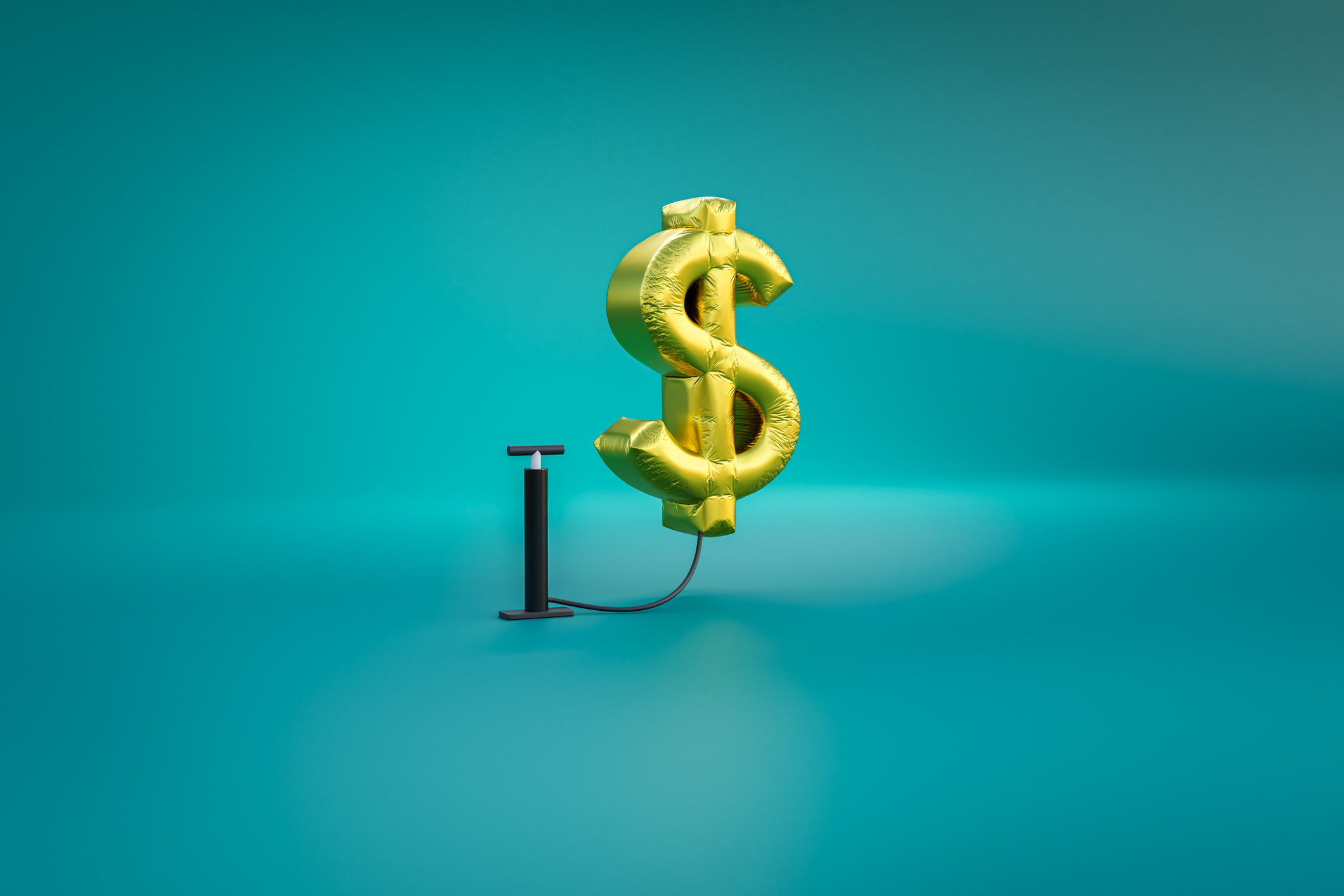 The Delayed September CPI Report is Out. Here's What it Signals for the Fed.
The Delayed September CPI Report is Out. Here's What it Signals for the Fed.The September CPI report showed that inflation remains tame – and all but confirms another rate cut from the Fed.
-
 What the Rich Know About Investing That You Don't
What the Rich Know About Investing That You Don'tPeople like Warren Buffett become people like Warren Buffett by following basic rules and being disciplined. Here's how to accumulate real wealth.
-
 Banks Are Sounding the Alarm About Stablecoins
Banks Are Sounding the Alarm About StablecoinsThe Kiplinger Letter The banking industry says stablecoins could have a negative impact on lending.
-
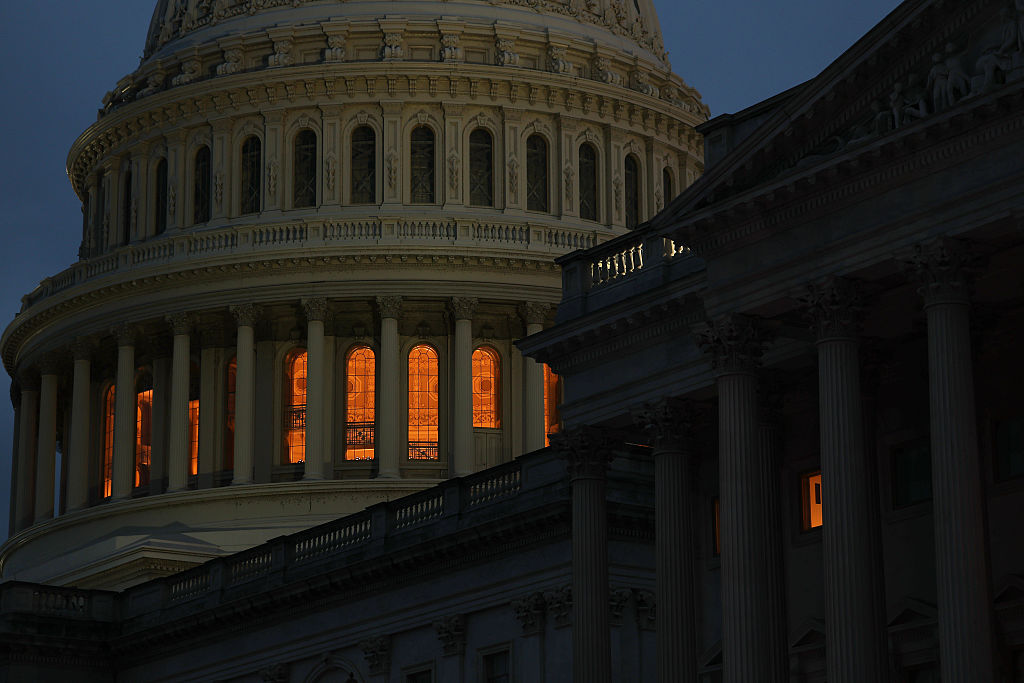 Government Shutdown to Delay Data, Including Key Jobs Report
Government Shutdown to Delay Data, Including Key Jobs ReportWhile government shutdowns typically don't impact stock returns, they can delay the release of key economic data – including the monthly jobs report.
-
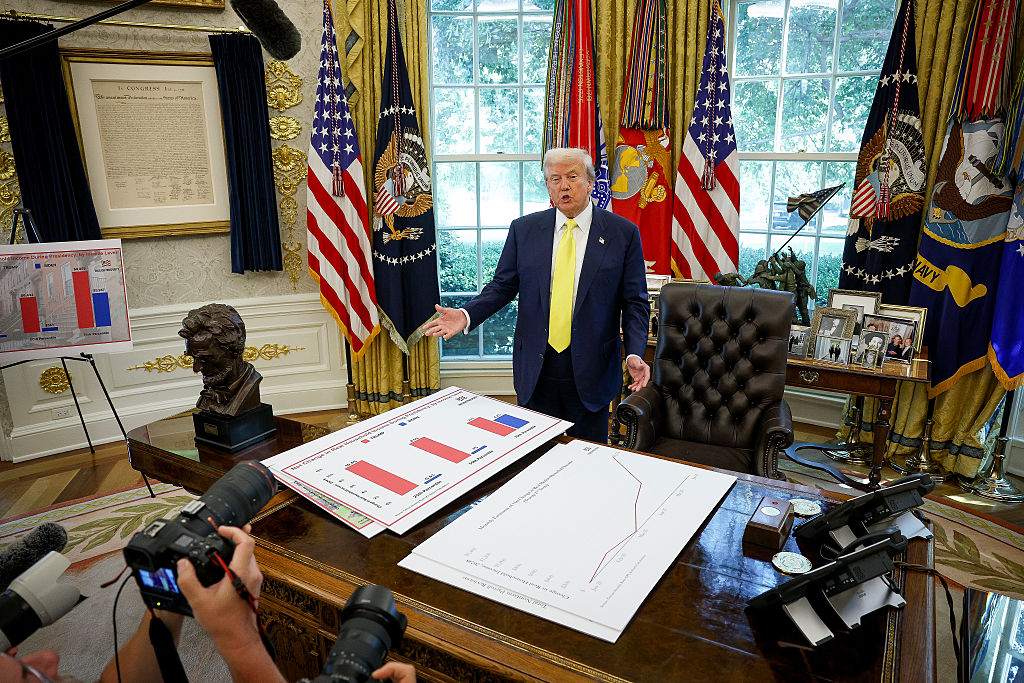 How to Invest for Rising Data Integrity Risk
How to Invest for Rising Data Integrity RiskAmid a broad assault on venerable institutions, President Trump has targeted agencies responsible for data critical to markets. How should investors respond?
-
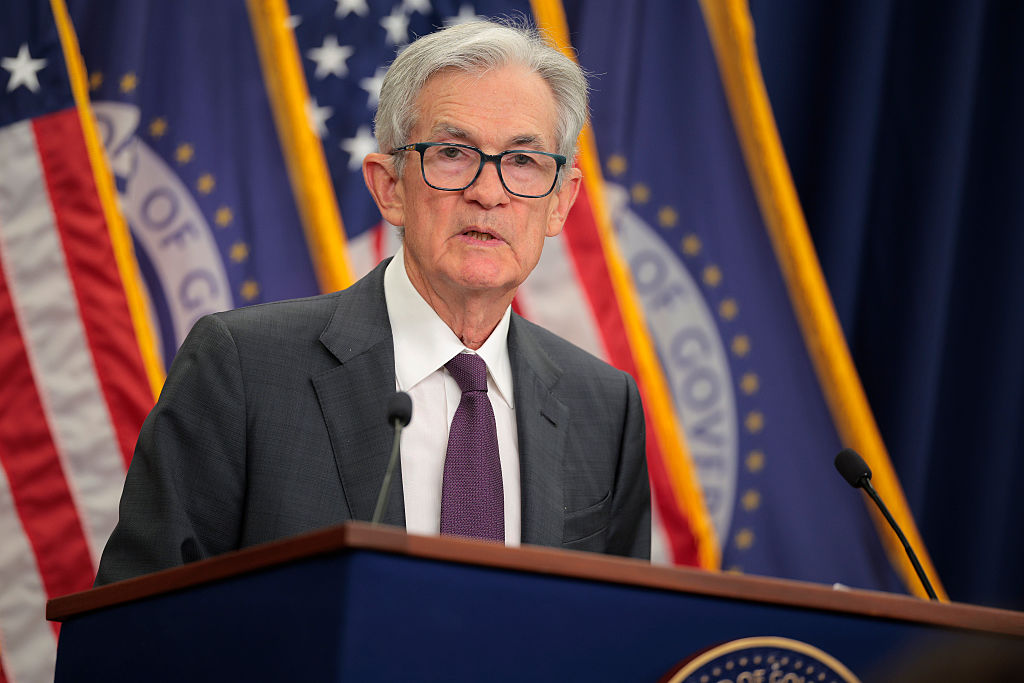 September Fed Meeting: Updates and Commentary
September Fed Meeting: Updates and CommentaryThe September Fed meeting is a key economic event, with Wall Street keyed into what Fed Chair Powell & Co. will do about interest rates.